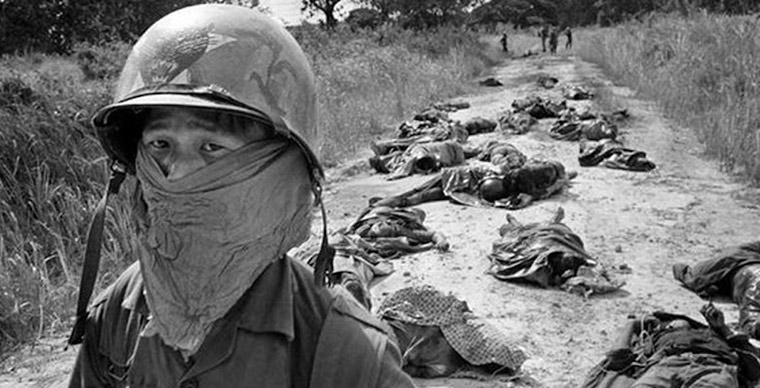
My Lai historic site, a wound of more than 50 years
- on Nov 5, 2019 By: Ngoc Nguyen
My Lai, an infamous name of the Vietnam War. It's a little Oradour-sur-Glane in Vietnam. My Lai, located in the province of Quang Ngai, 130 kilometres from Hoi An, is a topographic denomination of the US Army to designate two hamlets in Son My village where the massacre of My Lai happened. During the Vietnam War, on March 16, 1968, a battalion of the US Army massacred 504 civilian villagers, including women, children and old men. The American general William Westmoreland congratulated these men for "exceptional action" and for "bringing a heavy blow to the enemy". Can we really talk about enemies when it comes to babies, old people or unarmed people?
From this tragedy
According to US military intelligence, a Viet Cong unit was operating in the area of Quang Ngai province and routed to My Lai, a hamlet in Son My village. On the morning of March 16, 1968, at approximately 7:30 am, an infantry company, under Lieutenant William Calley, was dropped off by helicopter and entered My Lai. The American soldiers completely closed the village but did not find a single fighter while the villagers, who were preparing to go to market, did not panic nor flee. The villagers were gathered while orders were given to burn houses, kill livestock, destroy foodstuffs and plug wells. Then for no reason, an incredible surge of many acts of savagery began, an inhuman rampage fell on the local population, GI's began to attack everything that moved, humans and animals, with grenades and machine guns, assisted by combat helicopters. It was a real carnage. The soldiers shot and killed unarmed men, women, children and babies. Women were raped when some victims were mutilated with the "C Company" signature carved on their chest before being shot. After this tragedy, we counted:
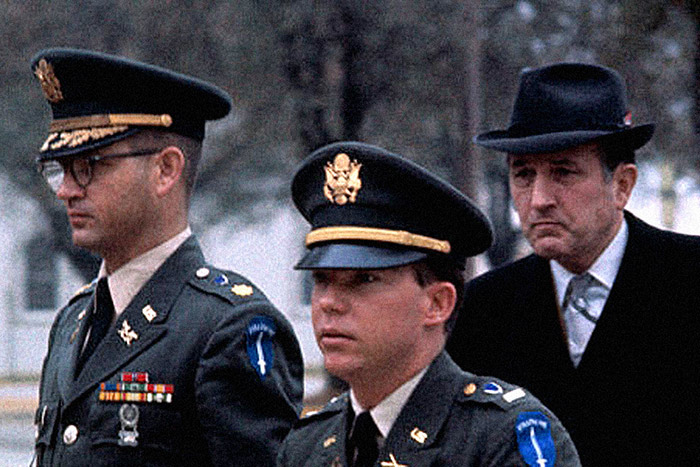
50 victims were 0 to 3 years old
69 victims were between 4 and 7 years old
91 victims were 8 to 12 years old
27 were over 70 years old
Seeing this massacre horrified, an American helicopter pilot, Hugh Thompson, landed his helicopter in front of soldiers who were committing abuses against the civilian population and ordered his men to point their guns at the GI's and shot them down if they tried to violate the villagers. Then warning two other armed helicopters, together they managed to evacuate more than a dozen survivors.
Revelation of the massacre of My Lai
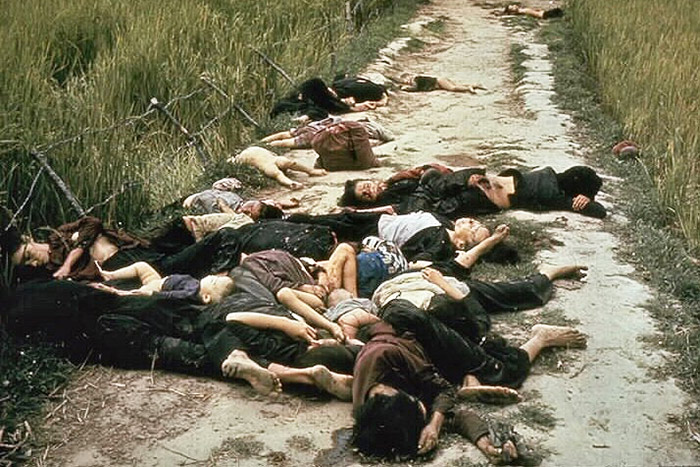
Several American soldiers, including Thompson, reported to their superiors about what had happened at My Lai, but the US military had played down the facts when they could not hide the event anymore, claiming in a report that some 20 civilians were killed inadvertently during the operation.
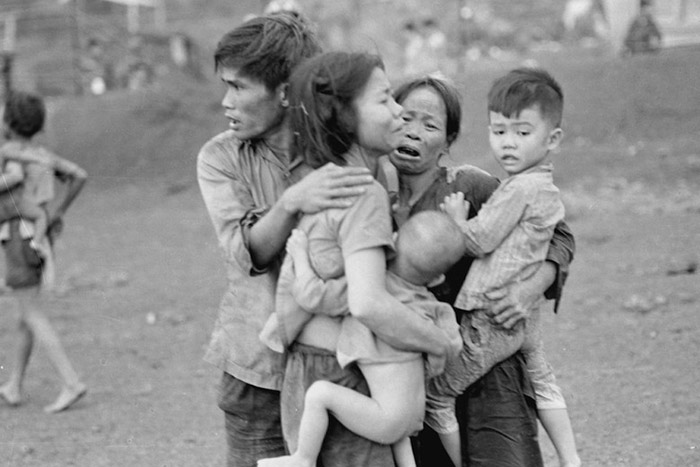
US independent investigative journalist Seymour Hersh unveiled the story of the My Lai massacre on November 12, 1969, and was awarded the prestigious Pulitzer Prize the following year. Then a few days later, follow the magazines Time, Life and Newsweek also reported the massacre. The indignation at these horrors was international and the American population was revolted at the barbarities committed by some of its soldiers. This massacre increased hostility to the war and proved beyond doubt that it was not a just war.
The judgment of American soldiers
Lieutenant-General William Peers issued his report in March 1970 and recommended that 28 officers be accused of participating in the killings. In the end, of the 26 men originally charged, Lieutenant Calley was the only convict. Sentenced to life in prison on March 29, 1971, he was finally placed under house arrest for three and a half years at Fort Benning and released by the Secretary of the Army. More than forty years after the fact, William Calley is still haunted by this massacre "Not a day goes by without me feeling remorse for what happened that day in My Lai. I feel regret for the Vietnamese who were killed, for their families, for the American soldiers involved and their families. I am deeply sorry."
The memorial of Son My
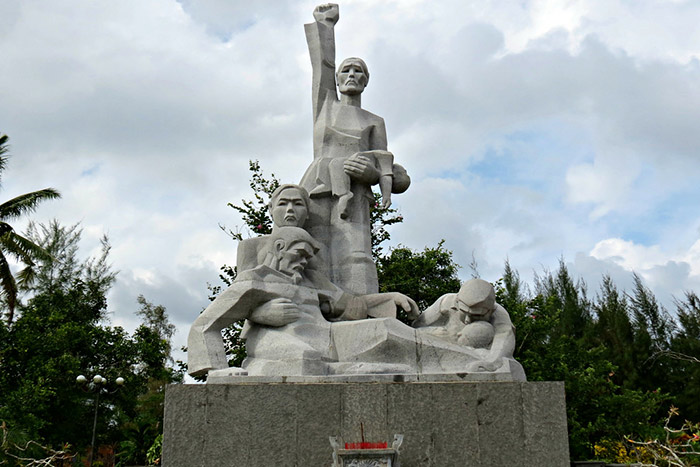
The massacre of My Lai occupies a special place in the Vietnamese collective memory. In 1978, a museum and memorial dedicated to this tragedy was built in the Tinh Khe village near the site of the massacre. Some American soldiers went to the site, especially at commemorations, to try to heal and especially reconcile.
The Ho Chi Minh City's War Remnants Museum is also dedicating an exhibition on the My Lai massacre with a series of photos and testimonies of the survivors.
You might also like to read:
>> Independence Palace ( Reunion Palace) - Saigon
>> What to see in the demilitarized zone (DMZ) of Vietnam around Hue?
 Español
Español Français
Français














TraZefUK
on Nov 28, 2025HerbertPhomaMS
on Oct 19, 2025Lilyan Cuttler
on Oct 15, 2025Avenue17XC
on Sep 14, 2025Avenue18JL
on Jul 21, 2025